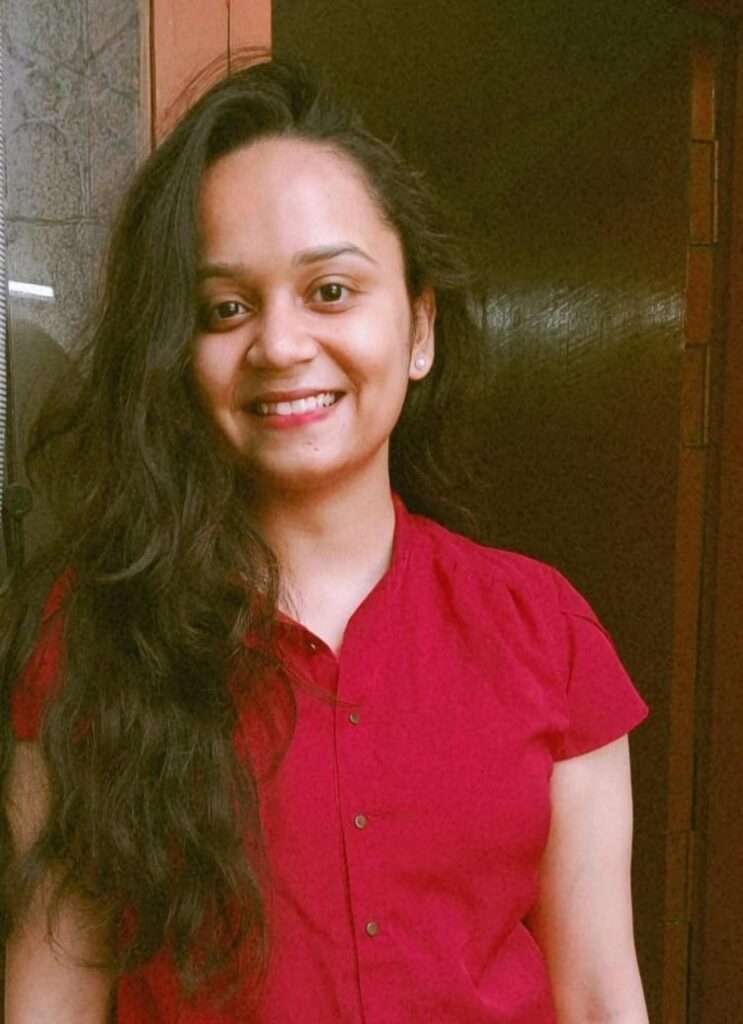
This article has been written by HARDIKA (currently enrolled in B.A.L.L.B. (HONS) Course from the Oxford of East, University of Allahabad)

INTRODUCTION
“To leave inequality between class and class, between sex and sex, which is the soul of Hindu society, and to go on passing legislation relating to economic problems is to make a farce of our Constitution and to build a palace on dung heap[1].” This quote was given by DR. B.R. AMBEDKAR, in his famous book. This reflects the mentality of Hindu society (primarily), that even after the passing of many long years, caste still plays an important role, in determining the social status of an individual. Caste has always shaped the lifestyle of the individual, in the ancient era the scheduled caste was not allowed to dine with the upper caste, also inter-caste marriages were formidable. The recent caste census held in Bihar revealed that caste continues to play a significant role in the state’s social and political landscape. Despite efforts to eliminate caste-based discrimination, it persists in many parts of India, including Bihar. This highlights the ongoing struggle to achieve social equality and justice for all in a country that prides itself on being the world’s largest democracy. Bihar’s population currently stands at 13.07 crore, out of which 36% are EBCs[2] and 27% are OBCs[3], according to the caste survey data released by the Bihar government. This caste survey is heavily opposed by different groups of people and also by another opposition party as it lacks transparency and has many lacunas. the number tally of different castes is also inaccurate. The last caste-wise enumeration was conducted in 1930. Almost 45 years have passed since the Mungeri Lal Commission Report [4]on OBC reservation in 1978, also known as the Karpoori Thakur formula[5], provided separate quotas for backward and most backward castes. In 1951 the first census of independent India was conducted and other censuses from 1951 to 2011 have published data on SCs and STs but on other castes. The Backward Classes Commission headed by Kaka Kalelkar set up. The Mandal Commission [6]was established by the Janata Party government of Morarji Desai. One of its terms of reference: to determine criteria for defining socially and educationally backward classes the Mandal commission submits a report. It recommended 27 percent reservation for OBCs based on the 1931 Census figures. It estimates the OBC population to be 52 percent. Congress Government put it on hold but later V.P. Singh Government implemented this Commission recommendation. In 2011 there was a Socio-Economic And Caste Census(SECC), [7]the report collected data on house listing and population, also there was a reporting of caste data, which remained unused as it contained many flaws and irregularities. The current Bihar caste census findings disclose that it has more flavors of the Lok Sabha election gambit which will be held in 2024 rather than any actual intention of helping. The so-called forward castes or general castes are only 15.5% of the population, there are about 20% scheduled castes and just 1.6% Scheduled Tribes, backward castes 27%, and Extremely Backward Castes 36% which constitute by clubbing these at 63% OBCs. There are 2.31% BANIAS, 3.45% RAJPUTS, 3.08% MUSHAR, 5.2 %MOCHI , CHAMAR ,RAVIDAS , 0.6% KAYASTHA , 2.87% KURMI, 2.6% MALLAH , 14.26% YADAVS, 2.87% BHOOMIHAR , 3.65% BRAHMAN, 4.27 %KOIRI .
This will cause political parties to move accordingly, on to which caste they have to work or focus. Several PILs have been filed to uphold its validity as the census data has been recorded in a rush and lacks proper planning. The rival parties even claim it as a cherry on top by publishing the census, and to grasp more votes from the marginalized communities. The Report is not commendable as due to social stigmas, many people fear disclosing their identity. The census was given the green flag by the Supreme Court of India as it will uplift the backward and Dalit class of people, to achieve a welfare state, where peace and tranquility will flourish. Even our Constitution has been mentioned to make provisions for underprivileged classes and to provide reservations for social equality.
Article 340 [8]mandates to constitute a committee for the welfare of the backward class and Article 40 [9]provides that the state should promote with special care the educational and economic interests of the weaker sections of the people. There are many positive assertions of this caste census but negative as well. The caste census reveals the current economic position of underprivileged castes who are proportionately more in number, the Government can implement new policies to improve the condition of these marginalized castes.The negative aspect of this census is that it has been apprehended that due to fear of the social status of an individual, many people faked their caste identity as it may harm their cordial relation with their nearby surroundings. Also, there is no surety about the privacy of individual data, whether it is protected safely or not. In the wake of this census, Rahul Gandhi has pitched a Slogan that jitni Abadi utna Haque [10](resources according to population), which is not appropriate as the majority proportion of the caste is backward caste so it is not possible to apply it. The government will need more resources to uplift the economic scarcity of jobs and other financial assistance. Now other states are in a row to conduct caste-based surveys, Karnataka will publish its 2015 caste survey [11]data which they were not able to publish, and it will be published by the end of November 2023 as recorded by sources. In Indra Sawhney vs Union Of India (199212), the court held that the state government is competent to conduct caste–based surveys to uplift Backward communities. The recent caste data of Bihar did place any proper division between different faiths as nobody knows how many Hindu SCs are there or Muslim SCs are. Therefore before publishing it should take proper measures to collect the sensitive data from the public and it should be protected, so that the people of the country should feel safe, and not fight with each other, to fight with social stigmas of hiding identities.
CONClUSION
The way a CASTE can Unite a Clan is the same way it can divide a clan. It can be disastrous if not taken care of then thousands of people lose their lives in the name of caste. SO caste should not be used to pave a path to politics rather politics should involve caste to maintain an equal balance between different communities. The caste data provided by the Nitish Kumar Government will help the different sections to make proper use of resources provided by the government. It will enhance brotherhood and economic equality between different groups. Also, the Government should have data on the developed backward castes to whom less attention is needed as they have improved their position with time, and it should maintain a proper record of those castes that are never represented and have been suppressed by ages. D.R. Bhimrao Ambedkar was always against caste discrimination, as caste acts like opium in a healthy society, therefore caste should never be a deciding factor of any policy, everyone is the same before the eyes of the law. So no one should be ill-treated just because of caste.
[1] ANNIHILATION OF CASTE BY B.R. Ambedkar
[2] A subgroup of people with annual household income less than 8 lakh(Economically Backward Class)
[3] A collective term used by the Government of India to classify castes that are Educationally or Socially Backward
[4] Reference from FRONTLINE MAGAZINE by THE HINDU( page no. 12)
[5] Reference from the Indian Express Article
[6] Commission was established in 1979 to provide reservations to Other Backward and Economically Backward Castes
[7] https://secc2011.nic.in/ (Census Report Of 2011)
[8] Article 340, Constitution Of India
[9] Article 40, Constitution Of India
[10] Remark by MR Rahul Gandhi , in a recent rally to Karnataka(Reference From FRONTLINE MAGAZINE by THE HINDU, November 2023 Page no. 16)
[11] Karnataka Caste Census Of 2015 under Siddaramaiah government, Which was not published) 12 AIR 1993 SC 477;1992 Supp 2 SCR454






